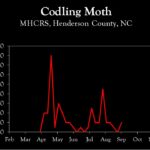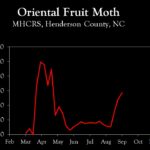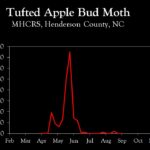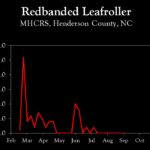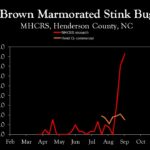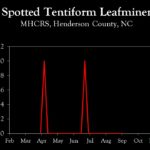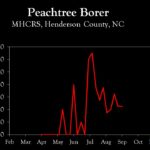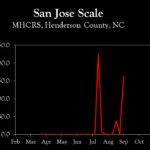WNC Orchard Insect Pest Populations – September 7, 2023
go.ncsu.edu/readext?953629
en Español / em Português
El inglés es el idioma de control de esta página. En la medida en que haya algún conflicto entre la traducción al inglés y la traducción, el inglés prevalece.
Al hacer clic en el enlace de traducción se activa un servicio de traducción gratuito para convertir la página al español. Al igual que con cualquier traducción por Internet, la conversión no es sensible al contexto y puede que no traduzca el texto en su significado original. NC State Extension no garantiza la exactitud del texto traducido. Por favor, tenga en cuenta que algunas aplicaciones y/o servicios pueden no funcionar como se espera cuando se traducen.
Português
Inglês é o idioma de controle desta página. Na medida que haja algum conflito entre o texto original em Inglês e a tradução, o Inglês prevalece.
Ao clicar no link de tradução, um serviço gratuito de tradução será ativado para converter a página para o Português. Como em qualquer tradução pela internet, a conversão não é sensivel ao contexto e pode não ocorrer a tradução para o significado orginal. O serviço de Extensão da Carolina do Norte (NC State Extension) não garante a exatidão do texto traduzido. Por favor, observe que algumas funções ou serviços podem não funcionar como esperado após a tradução.
English
English is the controlling language of this page. To the extent there is any conflict between the English text and the translation, English controls.
Clicking on the translation link activates a free translation service to convert the page to Spanish. As with any Internet translation, the conversion is not context-sensitive and may not translate the text to its original meaning. NC State Extension does not guarantee the accuracy of the translated text. Please note that some applications and/or services may not function as expected when translated.
Collapse ▲With apple harvest fully underway, this will be the last insect update of 2023.
 During the past 7 to 8 years, brown marmorated stink bug (BMSB) has been the major late-season insect pest of apples. While increased use of pyrethroid insecticides in August and September to control BMSB has been moderately successful in minimizing damage to apples, it has led to problems with some secondary pests. Specifically, pyrethroids have contributed to increased populations of European red mite and San Jose scale.
During the past 7 to 8 years, brown marmorated stink bug (BMSB) has been the major late-season insect pest of apples. While increased use of pyrethroid insecticides in August and September to control BMSB has been moderately successful in minimizing damage to apples, it has led to problems with some secondary pests. Specifically, pyrethroids have contributed to increased populations of European red mite and San Jose scale.
BMSB populations this year are the lowest we have observed in August and September for at least the last 5 years. Below is a figure showing weekly captures of BMSB in pheromone traps since 2019. Trends show a definite decline in populations during the past two years. Along with this decline in 2022 and this year, it appears that overall damage is also decreasing. Damage to apples was very high in 2021, when populations were at their highest. In contrast, damage in commercial orchards last year (2022) was low, a year when BMSB populations were considerably lower than in previous years. Although we still have several weeks to go before the full picture is drawn for 2023, early assessments suggest overall low damage up to this point in time.
Whether or not declining BMSB populations are a trend that will continue into future years is obviously unknown at this time. But hopefully they are on a permanent decline in NC, and we can return to a less aggressive pesticide program that will be more compatible with biological control of European red mites and San Jose scale.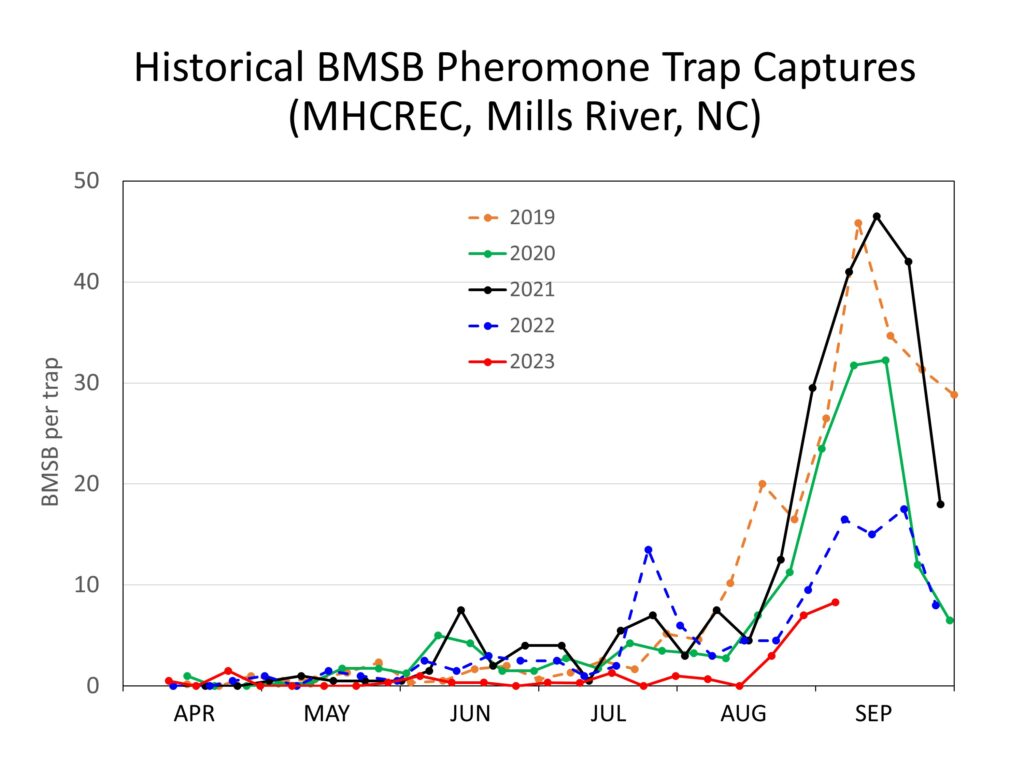
Learn more about southeastern apple insect pests at the Apple Insect Management page.
2023 Average Weekly Trap Captures
| HENDERSON COUNTY | |||
| Insects per trap | |||
| Aug 21 | Aug 28 | Sep 5 | |
| Codling moth | 0.5 | 0.0 | 1.0 |
| Oriental fruit moth | 31.5 | 48.0 | 57.0 |
| Tufted apple bud moth | 2.0 | 0.0 | 0.0 |
| Redbanded leafroller | 0.0 | 0.0 | 0.0 |
| Obliquebanded leafroller | 2.0 | 0.0 | 0.0 |
| Lesser appleworm | 0.0 | 1.0 | 0.0 |
| Apple maggot (abandoned and research orchards) | 3.7 | 3.7 | 1.0 |
| Brown marmorated stink bug (commercial) | 1.9 | 2.1 | 1.5 |
| Brown marmorated stink bug (unsprayed) | 3.0 | 7.0 | 8.3 |
| Spotted tentiform leafminer | 0.0 | 0.0 | 0.0 |
| Dogwood borer | 29.0 | 29.0 | 34.0 |
| Peachtree borer | 6.5 | 4.5 | 4.5 |
| Lesser peachtree borer | 4.0 | 5.5 | 4.5 |
| San Jose scale | 37.5 | 2.5 | 162.5 |
*Note that these averages illustrate only the timing of insect emergence and fluctuations in populations, and are not representative of population levels in any given orchard. The only way to have an accurate assessment of an individual orchard’s populations is to set up traps in that orchard.
2023 Accumulated Degree Days
| HENDERSON COUNTY | ||||
| Aug 21 | Aug 28 | Sep 5 | ||
| Codling moth (Biofix: April 7) | 2249 | 2450 | 2618 | |
| Oriental fruit moth (Biofix: March 24) | 3054 | 3295 | 3503 | |
| Tufted apple bud moth (Biofix: April 21) | 2701 | 2942 | 3150 | |



